Society is reaching a tipping point. The future remains not only uncertain but also seemingly unpredictable, however, using the science of self-organised criticality, the phenomenon describing how small events can create large ripples in networks, this may no longer be the case. In this piece, Dan Braha presents his physics-informed model of civil unrest and shows not only how we can use it to forecast riots and violent disorder, but how in using the ideas of self-organized criticality smaller movements can better work to topple oppressive regimes.
Join physicist Marika Taylor, biologist Nick Lane, and mathematician Marcus du Sautoy as they debate our understanding of chaos, disorder and complexity in nature in "A World of Order and Chaos" at HowTheLightGetsIn London 24, September 21st-22nd.
Civil unrest has indelibly influenced history, whether erupting as a protest, riot, or revolution. These events, while profound, often appear as erratic responses to unique circumstances. But what if they could be predicted, much like the weather? New research suggests that the seemingly chaotic nature of unrest may, in fact, follow patterns that can be deciphered through the lens of physics.
Consider the moment when water freezes into ice or boils into steam—these are phase transitions, where a substance suddenly changes state after crossing specific thresholds. These transformations are not just physical phenomena; they occur in society as well. Stock market crashes, viral social media trends, and, most dramatically, outbreaks of civil unrest all share this “phase transition” characteristic: abrupt and sweeping shifts in behavior that ripple through a population.
___
In self-organized criticality, tipping points are moments when a system on the brink of stability suddenly collapses into significant, unpredictable changes—often without any obvious warning.
___
Picture society as a complex web of interconnected factors—economic pressures, political tensions, social networks, and communication channels—that bind individuals and regions across a nation. When a single element in this intricate web shifts, it can send ripples across the entire system, pushing society from a state of calm to one of intense disorder, where small protests rapidly escalate into large-scale unrest and violence.
The new study explores this theory through an extensive analysis of 170 countries over 70 years, looking for patterns in civil unrest that mimic these phase transitions. The findings were compelling: civil unrest does follow patterns similar to those seen in physical systems. These events are not random but instead are governed by identifiable rules that can be measured and, in some cases, predicted.
Central to this analysis is the theory of self-organized criticality, another concept borrowed from physics. This theory suggests that complex systems naturally evolve toward a tipping point where even minor disturbances can have outsized effects. In self-organized criticality, tipping points are moments when a system on the brink of stability suddenly collapses into significant, unpredictable changes—often without any obvious warning. Imagine a forest quietly accumulating dry leaves until a single spark ignites a wildfire, or tectonic plates slowly building stress over centuries, only to release it all in a massive earthquake. These scenarios illustrate how systems reach a critical threshold where even a small disturbance can lead to dramatic change. The sandpile model vividly illustrates this phenomenon: as grains of sand are added one by one, the pile becomes increasingly unstable until, eventually, the addition of just one more grain causes an avalanche. This model exemplifies how systems naturally evolve toward a critical state where they are susceptible to sudden shifts.












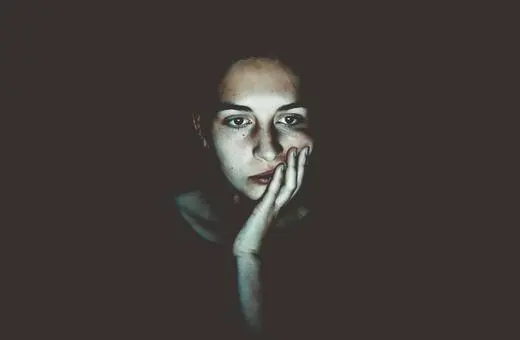
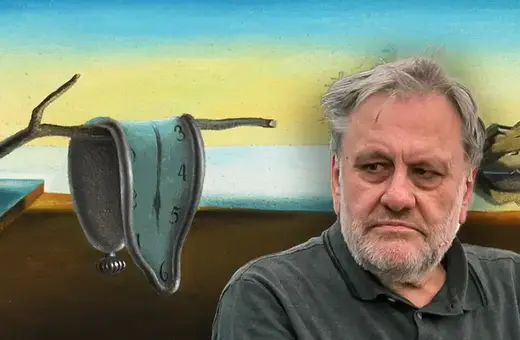
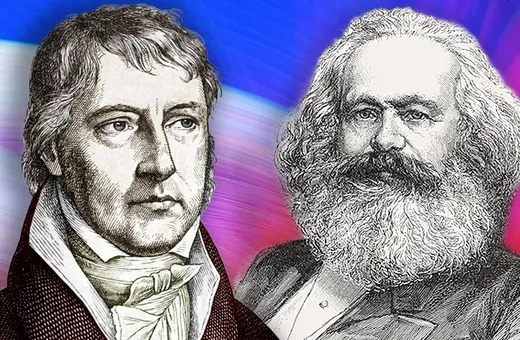

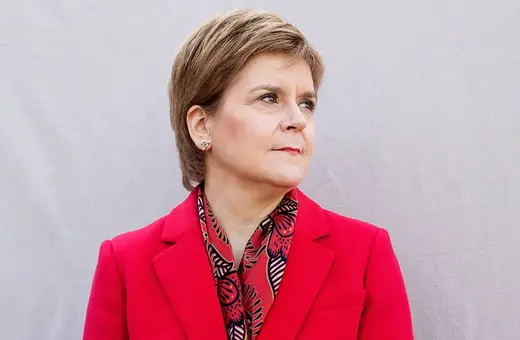




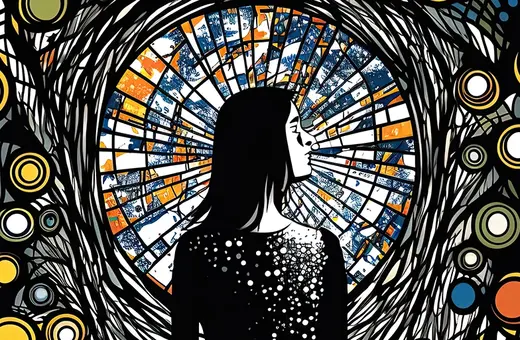
Join the conversation